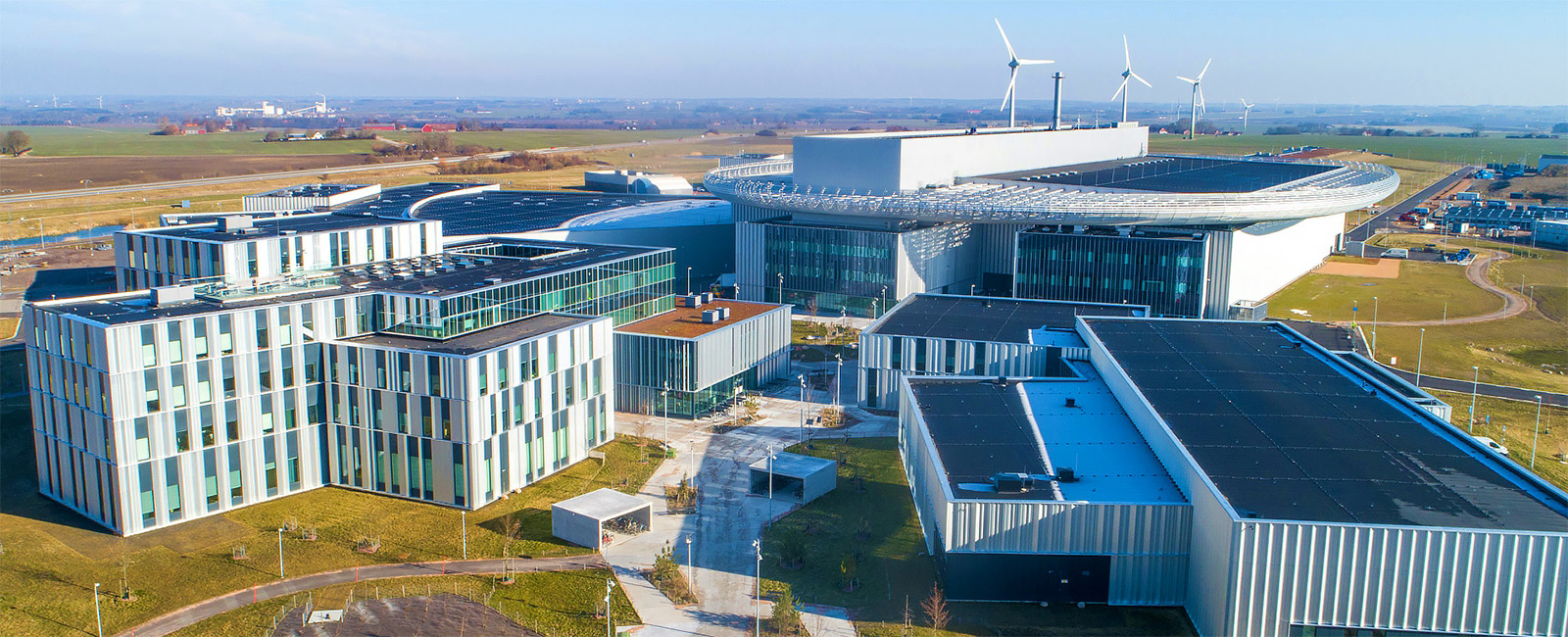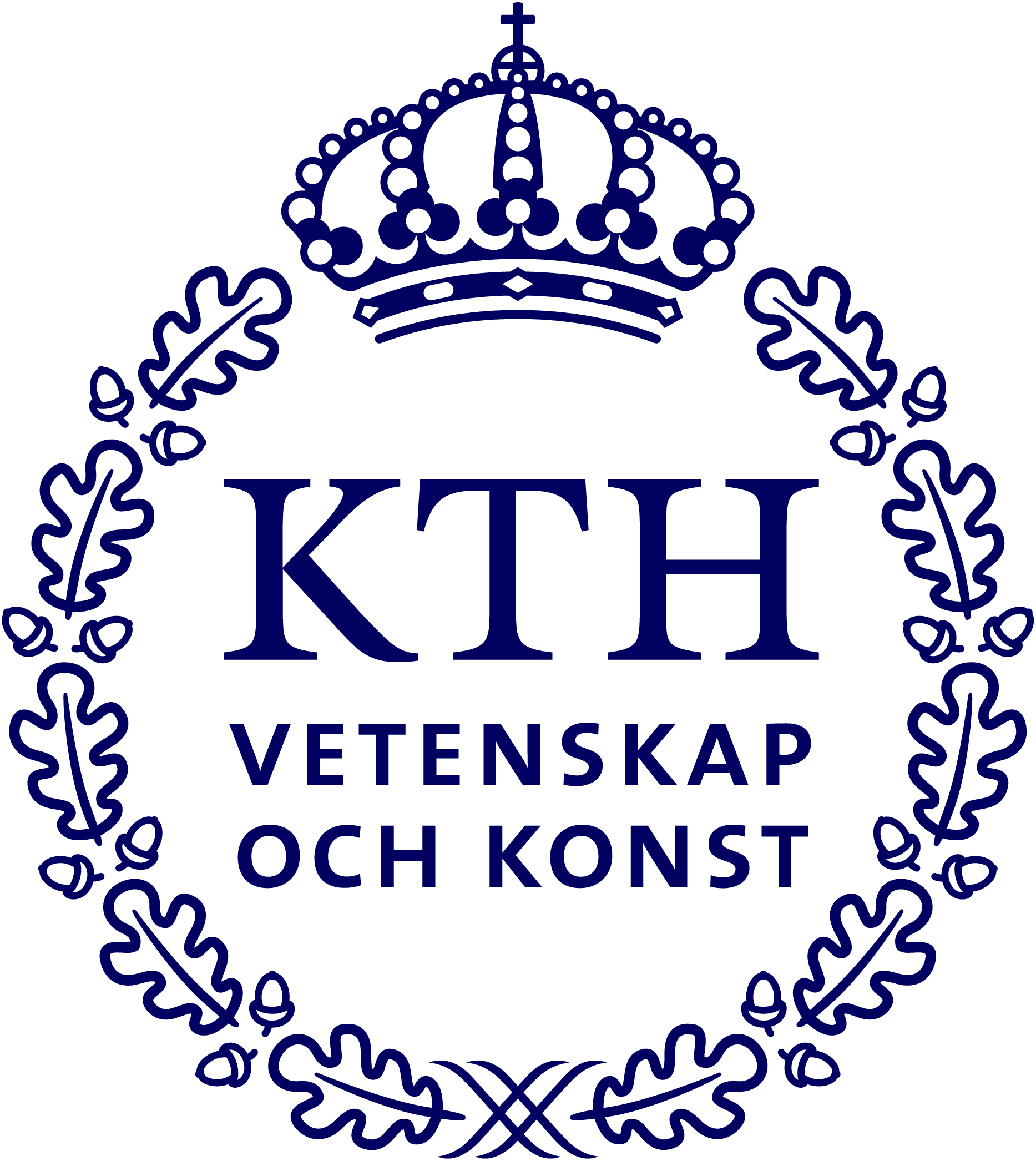Neutron Scattering

Neutron scattering facilities produce beams of neutrons through nuclear reactors or spallation sources. Neutron techniques such as diffraction, spectroscopy, and imaging are particularly valuable for studying magnetic structures, soft matter, hydrogen-containing materials, and bulk properties due to the neutron’s deep penetration and sensitivity to light elements. Neutron scattering is widely used in condensed matter physics, energy materials, and polymer science.

Neutron scattering is a powerful analytical technique that uses beams of neutrons to probe the structure and dynamics of materials at the atomic and molecular level. Neutrons, being electrically neutral, can deeply penetrate matter and interact primarily with atomic nuclei rather than electron clouds, making them uniquely sensitive to light elements (e.g., hydrogen) and isotope variations. Neutron beams are typically produced at specialized research facilities via nuclear reactors or spallation sources.
Techniques
A range of experimental techniques is available at neutron facilities, including neutron diffraction (for crystal and magnetic structure analysis), small-angle neutron scattering (SANS) for nanostructures, inelastic neutron scattering (INS) to study atomic and molecular vibrations, quasielastic neutron scattering (QENS) for diffusive motion, and neutron reflectometry for thin films and interfaces. Neutron imaging and radiography are also widely used for non-destructive testing.
Areas of use
Neutron scattering is crucial in fields such as materials science, soft matter, chemistry, biology, engineering, and condensed matter physics. It enables detailed studies of magnetic properties, hydrogen bonding, polymer structure, protein dynamics, and internal stresses in engineering components. Compared to synchrotron X-ray techniques, neutron scattering offers complementary advantages: it is more sensitive to light elements, can directly probe magnetic structures due to the neutron’s magnetic moment, and penetrates deeper into bulk materials. While synchrotrons provide higher spatial resolution and faster data collection, neutron scattering excels in revealing dynamic processes, magnetic behavior, and isotope-specific information that X-rays cannot easily access.
Facilities around the world
Some of the world’s leading neutron scattering facilities provide essential infrastructure for advanced research in materials, physics, chemistry, and life sciences. In Europe, the Institut Laue-Langevin (ILL) in France is one of the most renowned reactor-based neutron sources, offering a wide array of instruments. The ISIS Neutron and Muon Source in the UK and the Paul Scherrer Institute (PSI) in Switzerland are major centers utilizing spallation sources for neutron production. In the United States, the Spallation Neutron Source (SNS) and the High Flux Isotope Reactor (HFIR) at Oak Ridge National Laboratory are among the most advanced neutron research facilities globally. Asia hosts significant facilities such as J-PARC in Japan and CSNS in China. These centers support a broad international user community and play a vital role in advancing science through neutron-based techniques that complement those offered by synchrotrons.
For a list of sources with approximate proposal deadlines and links to external sites, please go to: neutrons.se/RELAX/
Introduction to Neutron Scattering
Lecture by Assoc. Prof. Martin Månsson

